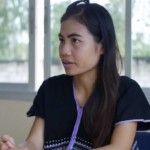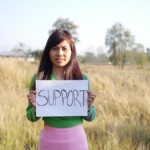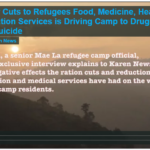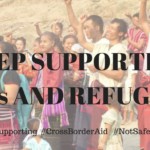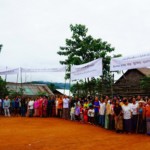Ariana Zarleen / Burma Link, December 20, 2013
Dreams Evaporate as Donors Abandon Thailand-Burma Border
International donors have recently started pouring funds into central Burma without considering the needs that local CBOs on the Thailand-Burma border have been addressing for decades. Much of this funding increase has come at a cost for ethnic organisations along the Thailand-Burma border (Saw Yan Naing, May, 2012). According to Kevin Malseed, program manager for the Canadian social justice organization, Inter Pares, “cutting off assistance to border-based and cross-border groups to channel aid only through Rangoon would throw away the positive results of 20 years of support” (Saw Yan Naing, May, 2012). He added that “it is extremely naïve and counterproductive to drop cross-border aid and initiatives to “reinvent the wheel” in Rangoon”.
Whilst there are now some visible changes in the streets of Rangoon, ethnic populations in the country’s borderlands continue to suffer. Numerous international and local organisations have published abundant evidence of continuing systematic repression and violations of international humanitarian law, particularly in eastern Burma (see e.g. Davis, Gittleman, Sollom, Richards & Beyrer, 2012; Human Rights Watch, 2012; ND-Burma, 2012). At a time of political transformation and reviewing of diplomatic relations, continuing human rights documentation in Burma is arguably of critical importance. With several aid organisations and nations cutting support to organisations based along the Thailand-Burma border, it is now becoming increasingly difficult to document these violations especially in border areas where ethnic nationalities have suffered horrendous abuse in the hands of the Burmese military for decades.
Widespread funding cuts have also affected long-standing aid providers such as Mae Tao Clinic in the Thai border town of Mae Sot. The clinic has treated hundreds of thousands of Burmese patients for free for over two decades, 60% of their patients still coming from inside Burma in 2011 (Mizzima, July, 2012). Thailand-Burma Border Consortium (TBBC), recently renamed as The Border Consortium (TBC), which has organised aid to Burmese refugees at the camps scattered along the border since the first refugees arrived in 1984, has also been severely affected by funding cuts (TBBC, 2012). As a consequence, they are now struggling to provide refugees even with the minimum recommended nutritional intake.
Although refugees feel that it is too early to go back to Burma any time soon, both UNHCR and Thailand’s National Security Council have started planning the repatriation of thousands of Burmese refugees within the next year (see Mizzima, October, 2012; Saw Yan Naing, September, 2012, respectively). The refugees, some of whom have stayed in the camps for nearly 30 years, are now not only affected by reduced aid but also forced to live with increasing uncertainty as fears grow that they will be forcibly returned back to their homeland. With UNHCR providing very limited information to the refugees and hardly cooperating with local CBOs to any degree, refugees also feel that they are being left out from the repatriation planning process. Reduced food rations coupled with repatriation rumours have even led some refugees to believe that they are being starved out in order to avoid their continuing assistance and future repatriation.
Many organisations along the Thailand-Burma border are also some of the only entities arranging aid to the poorest and most oppressed areas in eastern Burma. These vital cross-border operations have, however, not been spared from funding cuts. The Karen Office of Relief and Development (KORD), for example, had their annual funding cut in half in 2011, forcing KORD to cut back on assistance to IDPs (Saw Yan Naing, May, 2012). The dreams of Burmese migrant children studying in Thailand are also in peril as international aid dries up and donors abandon them in favour of initiatives inside the country (Bangkok Post, May, 2012).
Furthermore, most of the capacity building and pro-democracy work has been done on the Thailand-Burma border. It is incredible that the international community should overlook the capacity and expertise built by these organisations over the past two decades. As Burma takes steps towards becoming more democratic, the pro-democracy movement, ironically, has been left with diminishing means to participate in the process.
As a consequence of the unprecedented funding cuts on the border, countless of organisations have recently been forced to discontinue their projects. In early April, 26 Burmese frontier organisations gathered in Chiang Mai for a meeting to discuss the future of cross-border aid and appeal for fresh donations from charity groups (Lawi Weng, April, 2012). In many places, people now lack food and medicine because aid organisations have cut their funding. CBOs along Burma’s borders have said that it is too early to cut humanitarian aid as ethnic ceasefires remain unstable and there is not yet genuine peace in border areas (Lawi Weng, February, 2012). It should also be taken into consideration that while some positive developments are taking place and more freedom is given to the people of Burma, the people voice numerous theories on why the changes are happening, many of them including continuing elements of oppression and military power. Some have suggested that the military is embarking on reform “only for their own long-term survival” (Maung Zarni, November, 2012). The changes in Burma, while welcomed, have barely scratched the surface of a deeply troubled society. Many repressive laws have not been changed, vast majority of people are living in poverty, and there is still a great need for schools and hospitals, especially in border areas.
If we wish to see genuine transformation toward a democratic and just society for all peoples of Burma, it is imperative that the myriad organisations and vulnerable ethnic populations on the Thailand-Burma border are included in the democratisation and national reconciliation process.

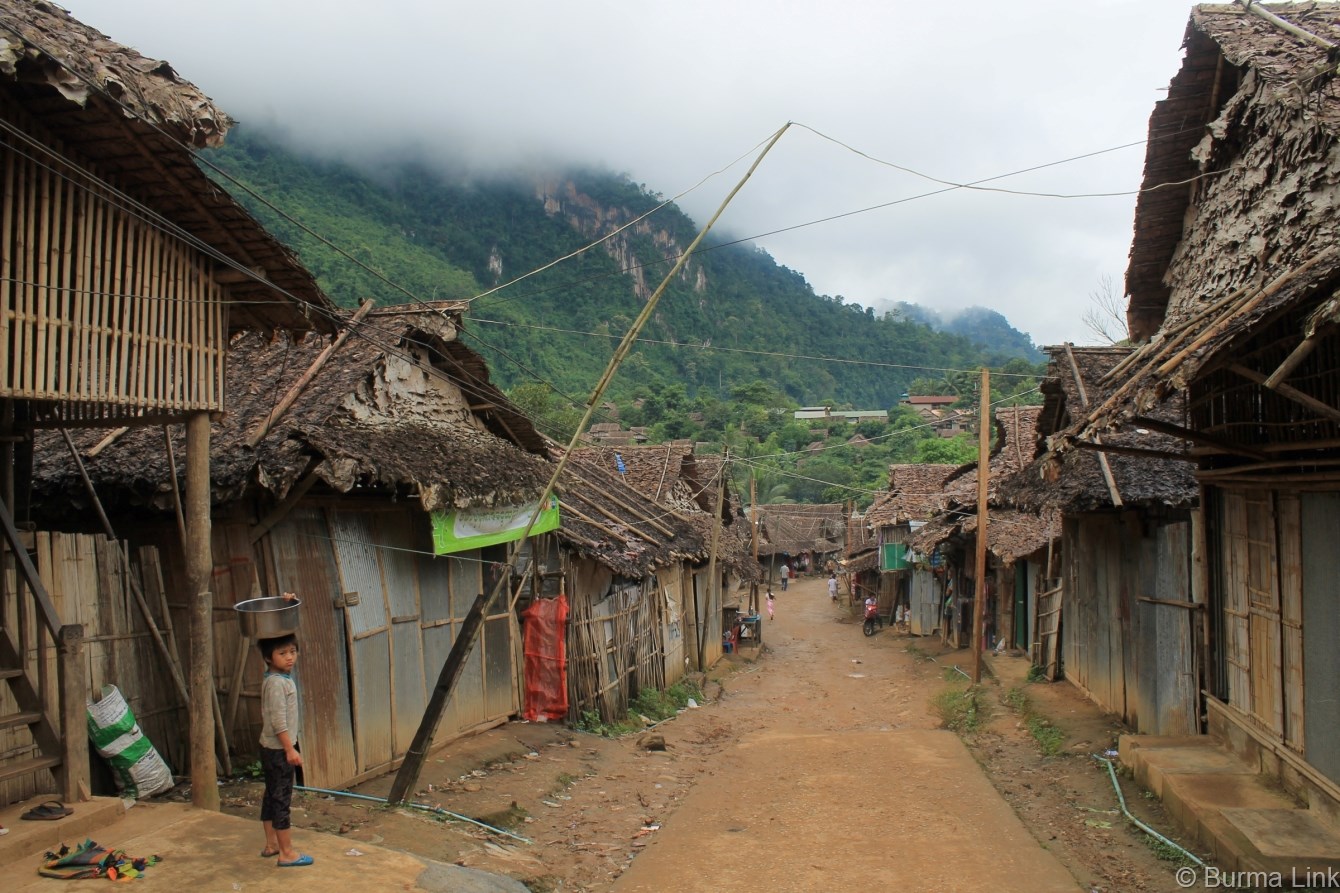
![‘It Is Dangerous for Our People or Any Organization to Move There [Burma]’: Khu Myar Reh, Karenni Refugee School Principal](https://www.burmalink.org/wp-content/uploads/2018/06/Khu-Myar-Reh-Karenni-Refugee-Principal-150x150.jpg)
